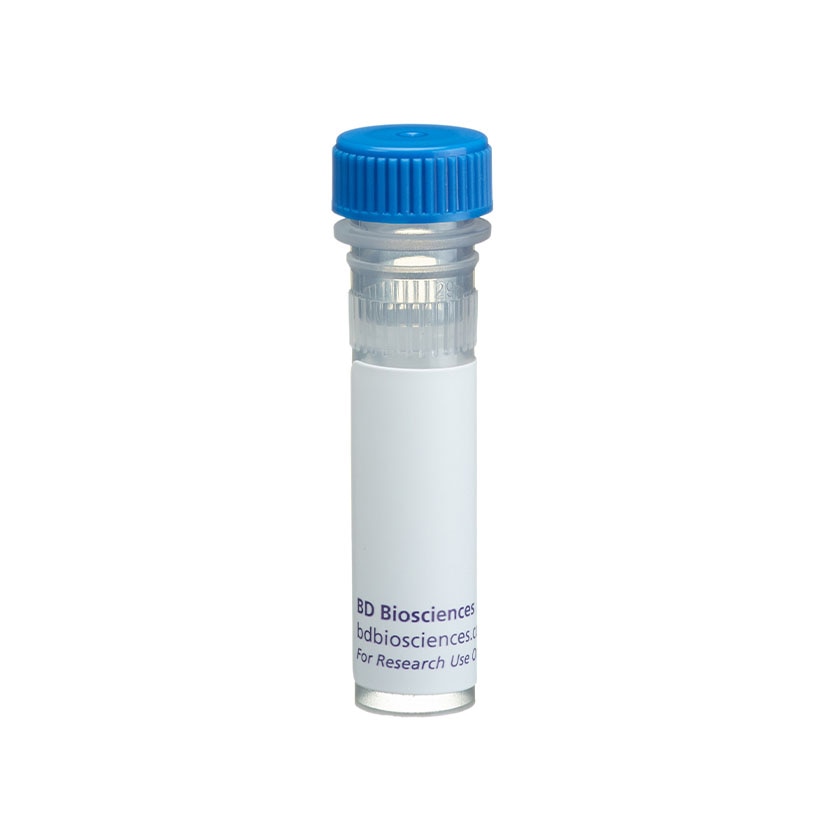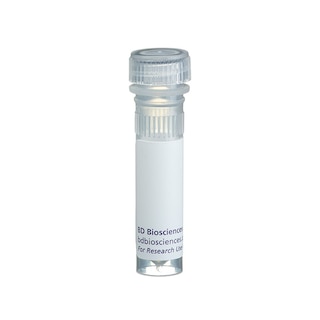-
Reagents
- Flow Cytometry Reagents
-
Western Blotting and Molecular Reagents
- Immunoassay Reagents
-
Single-Cell Multiomics Reagents
- BD® AbSeq Assay
- BD Rhapsody™ Accessory Kits
- BD® Single-Cell Multiplexing Kit
- BD Rhapsody™ Targeted mRNA Kits
- BD Rhapsody™ Whole Transcriptome Analysis (WTA) Amplification Kit
- BD Rhapsody™ TCR/BCR Profiling Assays for Human and Mouse
- BD® OMICS-Guard Sample Preservation Buffer
- BD Rhapsody™ ATAC-Seq Assays
-
Functional Assays
-
Microscopy and Imaging Reagents
-
Cell Preparation and Separation Reagents
-
Dehydrated Culture Media
-
- BD® AbSeq Assay
- BD Rhapsody™ Accessory Kits
- BD® Single-Cell Multiplexing Kit
- BD Rhapsody™ Targeted mRNA Kits
- BD Rhapsody™ Whole Transcriptome Analysis (WTA) Amplification Kit
- BD Rhapsody™ TCR/BCR Profiling Assays for Human and Mouse
- BD® OMICS-Guard Sample Preservation Buffer
- BD Rhapsody™ ATAC-Seq Assays
- Canada (English)
-
Change country/language
Old Browser
Looks like you're visiting us from {countryName}.
Would you like to stay on the current country site or be switched to your country?




Western blot analysis of iNOS/NOS Type II on a cell lysate from mouse macrophages (RAW 264.7) stimulated with 10 ng/mL IFNγ and 1 µg/mL LPS for 12 hours. Lane 1: 1:250, Lane 2: 1:500, Lane 3: 1:1000 dilution of the mouse anti- mouse iNOS/NOS Type II antibody.


BD Transduction Laboratories™ Purified Mouse Anti-Mouse iNOS

Regulatory Status Legend
Any use of products other than the permitted use without the express written authorization of Becton, Dickinson and Company is strictly prohibited.
Preparation And Storage
Recommended Assay Procedures
Western blot: Please refer to http://www.bdbiosciences.com/pharmingen/protocols/Western_Blotting.shtml
Product Notices
- Since applications vary, each investigator should titrate the reagent to obtain optimal results.
- Source of all serum proteins is from USDA inspected abattoirs located in the United States.
- Caution: Sodium azide yields highly toxic hydrazoic acid under acidic conditions. Dilute azide compounds in running water before discarding to avoid accumulation of potentially explosive deposits in plumbing.
- Please refer to www.bdbiosciences.com/us/s/resources for technical protocols.
Companion Products


Nitric oxide synthase (NOS), a cell-type specific enzyme, catalyzes the synthesis of nitric oxide (NO). NO is a short-lived radical that transmits cellular signals involved in vasorelaxation, neurotransmission, and cytotoxicity. In macrophages and other cell types, NOS (iNOS or macNOS) activity increases following exposure to cytokines (IFN-γ, TNF-α, and IL-1) and microbial products (lipopolysaccharide (LPS)). iNOS isactivated independently of Ca2+/calmodulin and its level of expression is tightly controlled by several transcription factors, including NFκB. Data indicates that TGF-ß affects translation of iNOS mRNA and decreases iNOS protein stability. Normally undetectable in brain tissue, iNOS mRNA has been observed in CNS tissues of animals under experimental pathologic conditions. iNOS and nNOS share 51% amino acid homology with the greatest degree of divergence in the calmodulin binding domain.
Development References (4)
-
Koprowski H, Zheng YM, Heber-Katz E, et al. In vivo expression of inducible nitric oxide synthase in experimentally induced neurologic diseases. Proc Natl Acad Sci U S A. 1993; 90(7):3024-3027. (Biology). View Reference
-
Nathan C, Xie QW. Regulation of biosynthesis of nitric oxide. J Biol Chem. 1994; 269(19):13725-13728. (Biology). View Reference
-
Vodovotz Y, Bogdan C, Paik J, Xie QW, Nathan C. Mechanisms of suppression of macrophage nitric oxide release by transforming growth factor beta. J Exp Med. 1993; 178(2):605-613. (Biology). View Reference
-
Xie QW, Cho HJ, Calaycay J, et al. Cloning and characterization of inducible nitric oxide synthase from mouse macrophages. Science. 1992; 256(5054):225-228. (Biology). View Reference
Please refer to Support Documents for Quality Certificates
Global - Refer to manufacturer's instructions for use and related User Manuals and Technical data sheets before using this products as described
Comparisons, where applicable, are made against older BD Technology, manual methods or are general performance claims. Comparisons are not made against non-BD technologies, unless otherwise noted.
For Research Use Only. Not for use in diagnostic or therapeutic procedures.
Report a Site Issue
This form is intended to help us improve our website experience. For other support, please visit our Contact Us page.